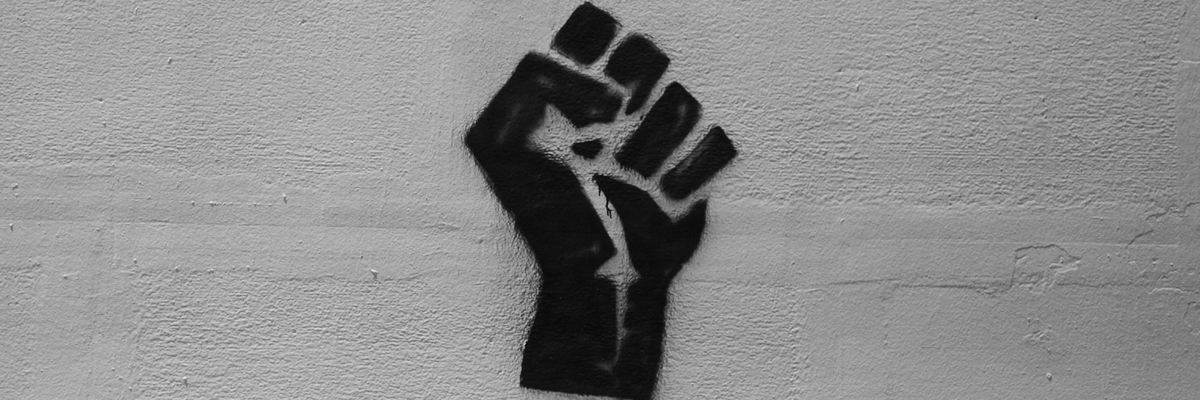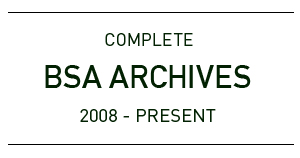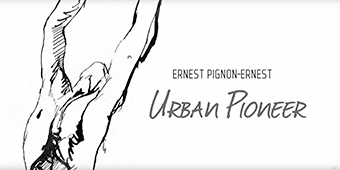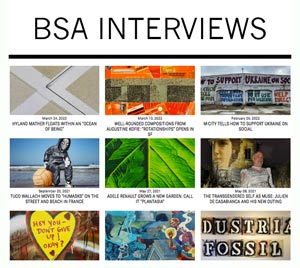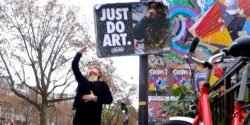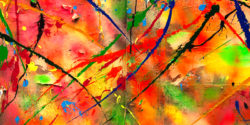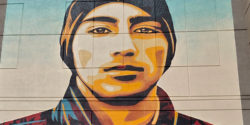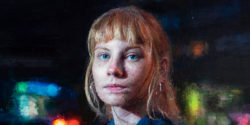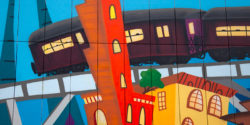No More Normal is a semi-regular newsletter written by Jeff Stone on his substack. He recently interviewed us on the topic of activist street art and we’d like to share his article here.
In May 2020, Todd Lawrence and Heather Shirey were taking pictures of graffiti focused on the coronavirus in Minneapolis when a police officer killed George Floyd just a few blocks away.
The two cultural historians from the University of St. Thomas had recently started taking pictures of the murals, graffiti, stickers and tags throughout the Twin Cities in an effort to preserve that work during a once-in-a-century pandemic. Their archiving, though, took on a new level of urgency when a police officer murdered Floyd and footage of the killing went viral, sparking anti-racist demonstrations in Minneapolis and throughout the world.
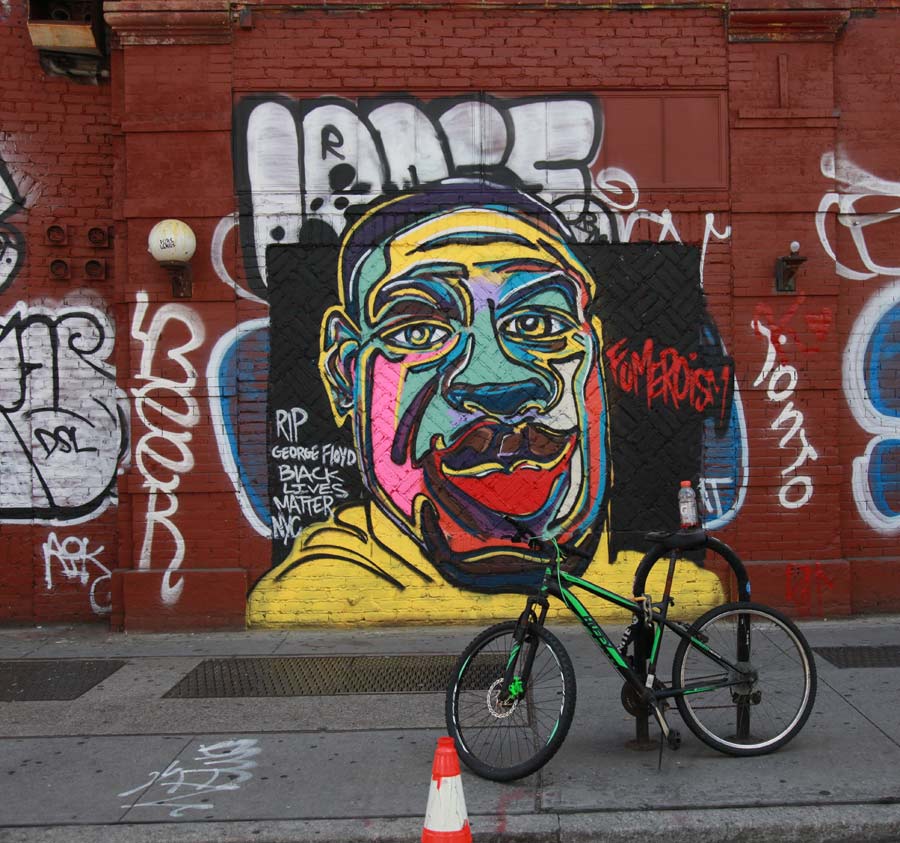
The movement had sparked the greatest proliferation of street art in recent memory, Lawrence says now, even if much of it was ephemeral, controversial and quick to be erased. At a time when the coronavirus was decimating communities of color, though, and with renewed attention on police brutality, street art represented a kind of live communication between neighbors.
“Street art, advertising and political propaganda have merged into a kind of collective funhouse mirror, instantly revealing indications about how a culture sees itself, as well as telling you about the tenor of discourse at any given time,”
Harrington and Rojo
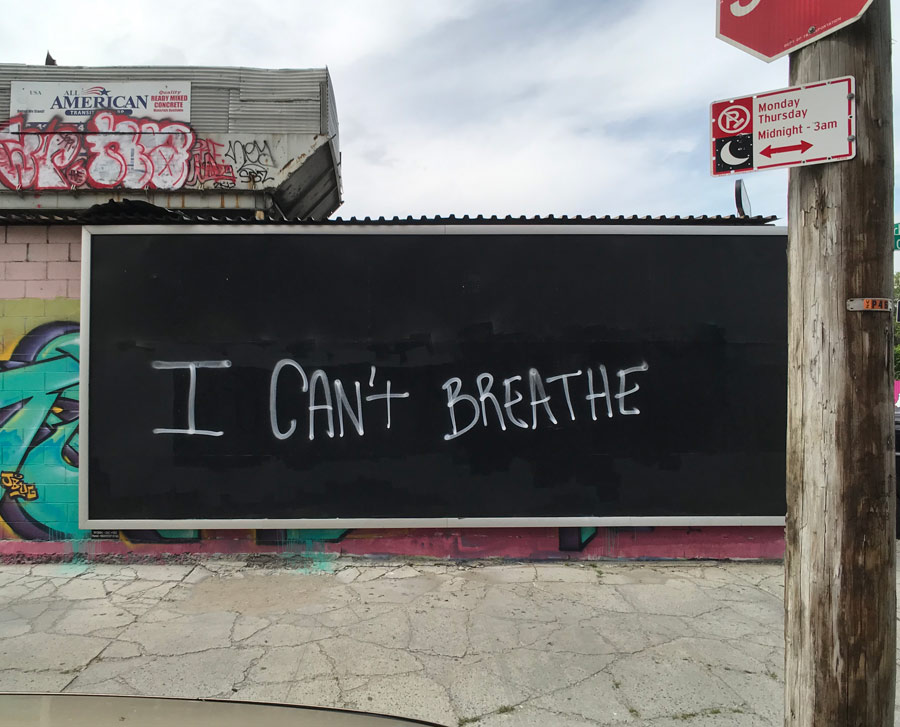
“This was all happening a few blocks from my house and, when I went out in the mornings, there was art everywhere, tags everywhere and graffiti everywhere,” Lawrence told me during a recent call. “People had started to write on the boards that were up over broken windows. We realized right off the bat that this was the most art we’ve seen overnight, like instantaneously.”
An archive of all that conversation, the logic goes, will help activists, students and researchers more fully understand what it was like to live through a historic moment, particularly as many of the museums, concert halls and other hubs of shared cultural experience remained closed.
“Street art, advertising and political propaganda have merged into a kind of collective funhouse mirror, instantly revealing indications about how a culture sees itself, as well as telling you about the tenor of discourse at any given time,” Steven P. Harrington and Jaime Rojo, co-founders of Brooklyn Street Art, a New York collective told me in an email.
Click HERE to continue reading the article.
Other Articles You May Like from BSA:
Happy Holidays to all you stupendous and talented and charming BSA readers! We thank you from the bottom of our socks for your support this year. The best way we can think of to celebrate and comm...
“Le duo allemand vient de signer sa première fresque à Paris,” says Galerie Mathgoth as they present Herakut and their new mural on rue Goscinny in #Paris13. Herakut. Paris. (photo © courtesy of Ga...
Welcome to BSA Images of the Week, where New York keeps pushing forward through this stormy winter – although the amount of new street art and graffiti dissipates this time of year as artists sta...
First conceptualizing and then actually hand-making a sign to take to a march is a variant of Street Art – part of the theatrical, political, personal, contentious activation of public space that you ...
Yoko Ono has been talking about and advocating peace for half a century and with her husband John Lennon she asked us first to imagine it. Is it the absence of something, or the presence of it?...
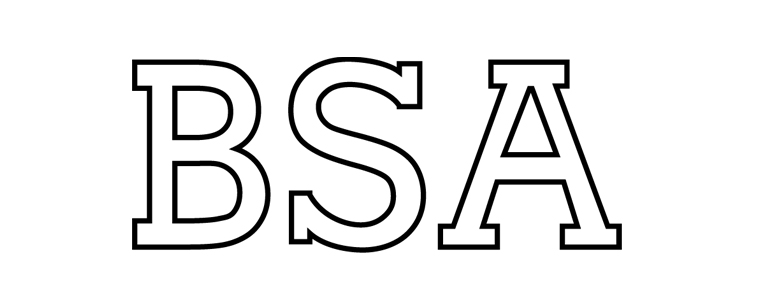 BROOKLYN STREET ART LOVES YOU MORE EVERY DAY
BROOKLYN STREET ART LOVES YOU MORE EVERY DAY